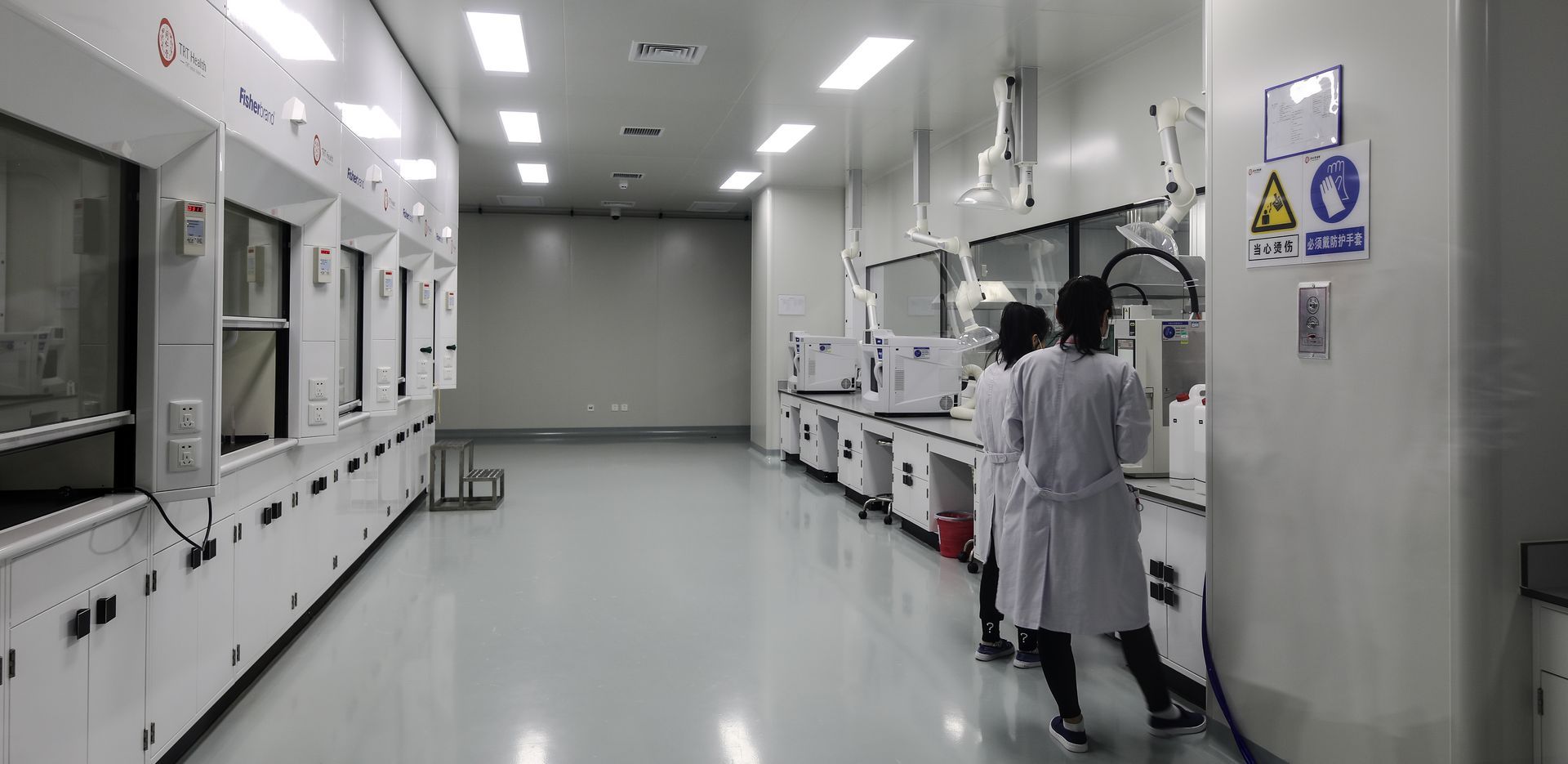Laboratory Relocation Management
OUR CLIENTS
Why is it so Critical to Have a Professional Manage your Lab Relocation?
Managing the relocation of a professional laboratory can be daunting, demanding specific skills and expertise. It is not a task that anyone can carry out but requires a team of professionals who understand the intricacies involved in laboratory relocation.
The relocation process involves identifying and managing risks associated with equipment handling, adhering to regulatory compliance requirements, and ensuring that all laboratory operations are maintained. Professionals in the field possess the technical know-how to perform the necessary steps to ensure that the relocation is carried out with minimum downtime, cost, and risks. By entrusting the task of laboratory relocation to experienced professionals, lab owners can have peace of mind knowing that their operations are in safe hands.
We've listed five critical steps below in managing a successful laboratory relocation.
Why is Communication the Key to Managing a Lab Relocation Project?
The first step in organizing a lab relocation is establishing communication channels to determine the procedures for decommissioning and recommissioning laboratory equipment before the relocation process. This step is vital to guarantee the continued performance of your assets.
Without proper communication, misunderstandings can occur, and vital details may be overlooked, leading to equipment damage, lost productivity, and cost overruns. By establishing clear communication channels, laboratory personnel and relocation specialists can work together to determine the most efficient and effective way to decommission and recommission equipment, minimizing downtime, and ensure that laboratory operations can resume as soon as possible.
How Important are Key Personnel during a Lab Relocation Project?
The second step is understanding your laboratory operations and needs through a formal discovery process. This process involves interviewing key laboratory and administrative personnel either in-person, virtually, or through questionnaires to collect all necessary information to best suit the unique needs of each laboratory.
By interviewing key personnel, the relocation team can gather information on the laboratory's equipment, its function, and its workflows. This information can help the team determine how to move the equipment efficiently and safely while minimizing disruption to the laboratory's operations. The discovery process can also help the relocation team identify any specialized equipment or hazardous materials that may require special handling or licensing.
How Can Having a Plan Help in a Lab Relocation?
The third step is comprehensive relocation planning, ensuring laboratory operations' continuity. A well-planned relocation can minimize disruptions and reduce certain risks to the lab's operations. Comprehensive relocation planning involves considering various factors, such as the physical layout of the new location, the availability of utilities and services required by the lab, and the timing of the move to avoid any conflicts with ongoing projects.
Comprehensive planning is crucial for a successful lab relocation, assessing current and future needs such as space, equipment, and technology requirements. It minimizes disruptions and reduces risks like downtime, damage to equipment, and financial losses. Planning also includes route optimization, contingencies for unexpected delays, and strategic timing to avoid project conflicts or delays.
Every Successful Lab Relocation Begins with a Plan. Do You Have One?Download Our Lab Relocation Organization Plan.
How can Budgeting Improve the Success of Your Lab Relocation?
The fourth step involves developing and managing a budget for all direct and indirect costs related to the relocation process. Creating and overseeing a budget for a professional laboratory relocation is essential to ensure that all fees associated with the project are accounted for and the project remains within financial limitations.
This budget should incorporate direct expenses like transportation, packaging, and equipment installation, and indirect costs such as employee overtime, lost productivity, and potential equipment damage. A comprehensive budget enables the laboratory relocation specialist to monitor expenses and ensure the project remains financially feasible. This way, the project can proceed smoothly without incurring any unforeseen costs that could jeopardize the success of the relocation.
Why is Move Management so Important in Relocating a Lab?
The fifth and final step is move management and execution, which requires oversight and control of all equipment's de-installation, relocation, and reinstallation at the destination.
Move management involves managing and coordinating all aspects of the move, from packing and labeling equipment to transportation logistics and coordinating with vendors and service providers at the new location.
During the move, it's crucial to have a team of experienced professionals who can ensure that the equipment is safely and securely transported, minimizing the risk of damage or loss. They must also be able to troubleshoot any issues that may arise during the relocation, such as unexpected delays, equipment malfunctions, or transportation issues.
Proper move management also includes overseeing the reinstallation of the equipment at the new location, ensuring that everything is set up and calibrated correctly and that the lab is up and running as quickly as possible. A lab relocation specialist with expertise in move management can help ensure a seamless transition and minimize the risk of downtime or other disruptions to the lab's operations.















